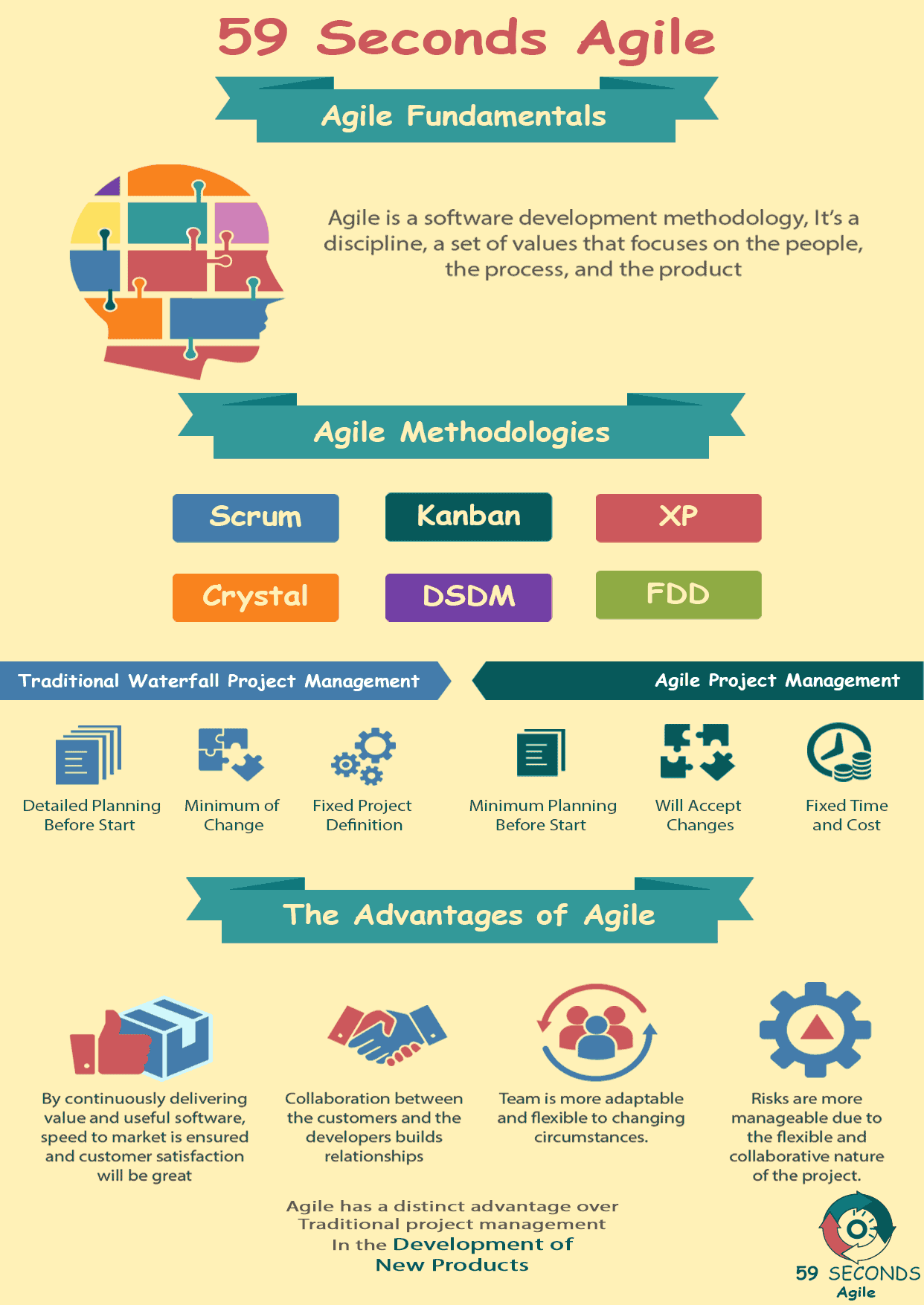This article looks to discuss the Product Owner Role in Agile Projects. It covers the Product Owner Role and communications, and creating the product backlog.
The Agile Fundamentals
A 59 Seconds Agile Video Animation
Product Owner Role in Agile Projects – Part 2
A 59 Seconds Agile Article
The product owner is the owner of the product as the name implies. The product owner “ maximizes the value of the product and the work of the development team”. He is the only responsible person for the product and the product backlog. The Product Owner has the vision of the product. He doesn’t know the details of the product but has a good understanding of the whole product. He is the connection point between the development team, customers and the rest of the organization and communicates with different groups engaged in the product.

Product Owner Role: Communication
Hence, communication is an important aspect of this role. He guarantees the visibility and transparency of the product backlog items and makes sure that they are clear to all team members. Having a product owner as the single point of information helps the team focusing on their direction. He is also the single point of responsibility for the product in the eyes of the rest of the organization.

Product Owner Role: Creating the Product Backlog
The Product owner identifies and creates the product backlog items and maintains the product backlog over the evolution of the product. He is also responsible for product backlog prioritization consisting of splitting and prioritizing user stories before sprint planning session.
Our Favourite Agile Books
We found these books great for finding out more information on Agile Scrum:
Product Owner Role and User Stories
He must have some idea of the value of each story, as well as the size. In this regard, he takes the feedback from development team for a more accurate estimation. The Product owner continuously talks to the team to find out what they think of user stories in the product backlog, in terms of implementation effort, satisfying the first value of Agile manifesto (valuing individuals and interactions over processes and tools). Though the product owner is responsible for the product backlog items, it is the development team who estimates the implementation effort for each item, thus the autonomy of the team is satisfied.
For continuous and early delivery of the software, he splits the stories into pieces. Then the product owner priorities the user stories for the development team based on the defined importance metrics such as business value or risk.
Prev <— Continue Reading —> Next
User Stories Applied
A 59 Seconds Agile Book Review
User Stories Applied by Mike Cohn is one of our favourite books on Agile User Stories. The book starts with an overview into user stories, and details what a user story is and the different aspects of them. He then discusses how to go about writing a user story, and provides details of the INVEST criteria that can be used to determine if the story is meeting all of its objectives. Next Mike gives an in depth discussion of who user stories are written for and where to begin when gathering the details for them. The book then discusses acceptance testing user stories, including how to go about specifying these criteria and the responsibilities of the development team and customers during this process.
Prev <— Continue Reading —> Next
Learn More
Agile Project Management Training Courses
Agile Fundamentals
A 59 Seconds Agile Infographic

